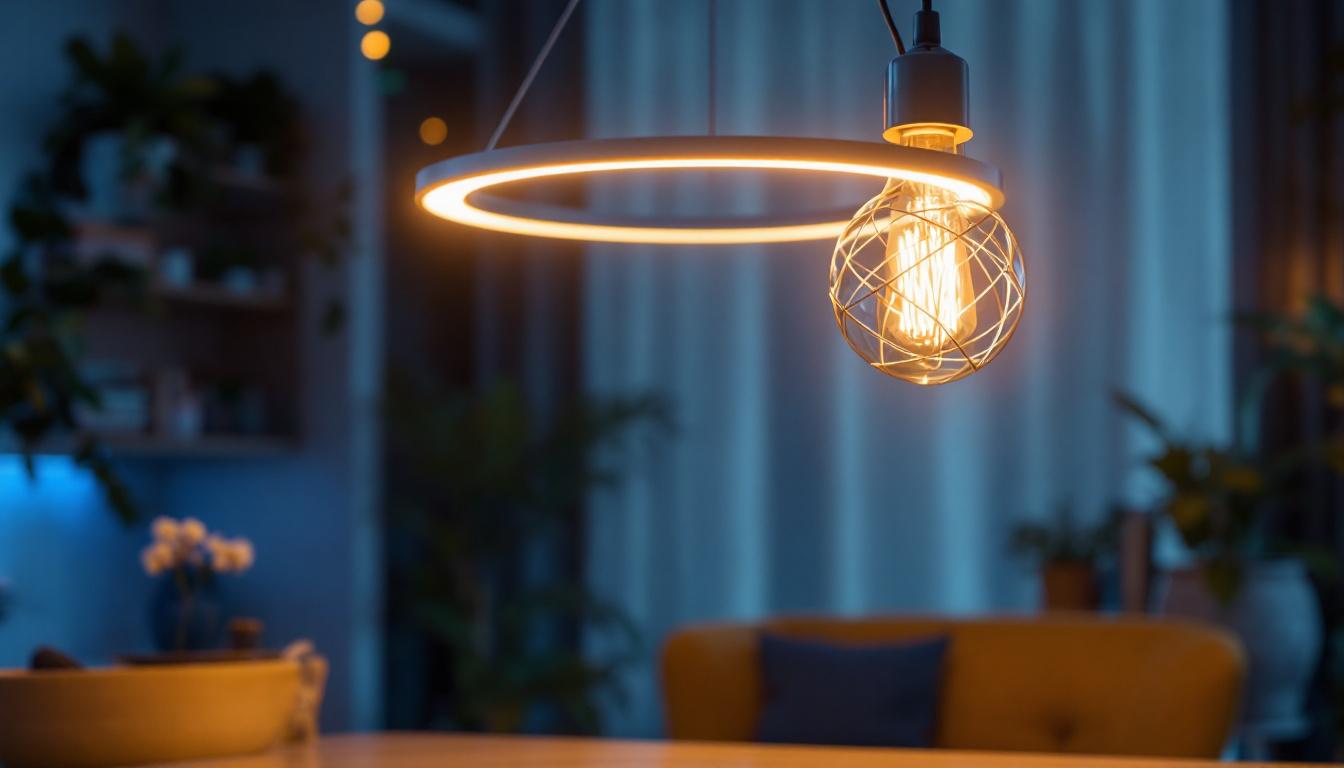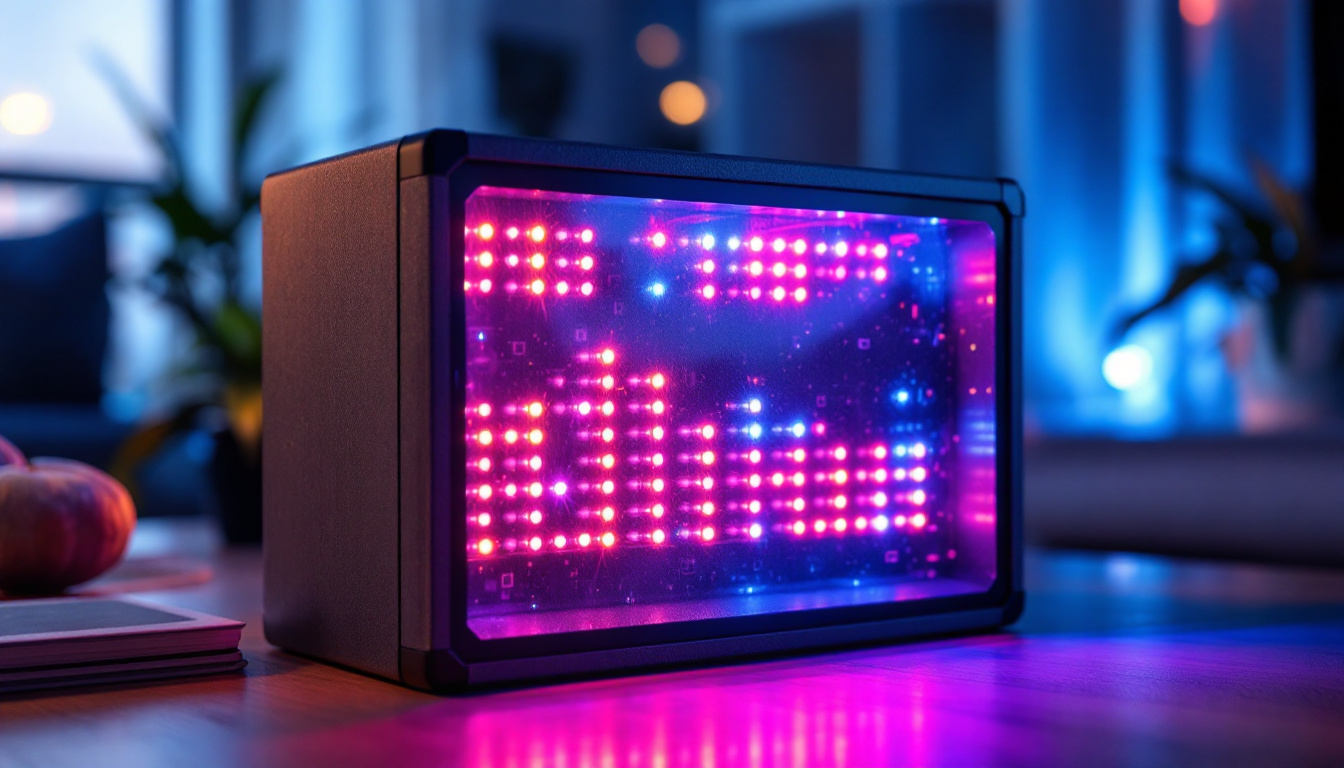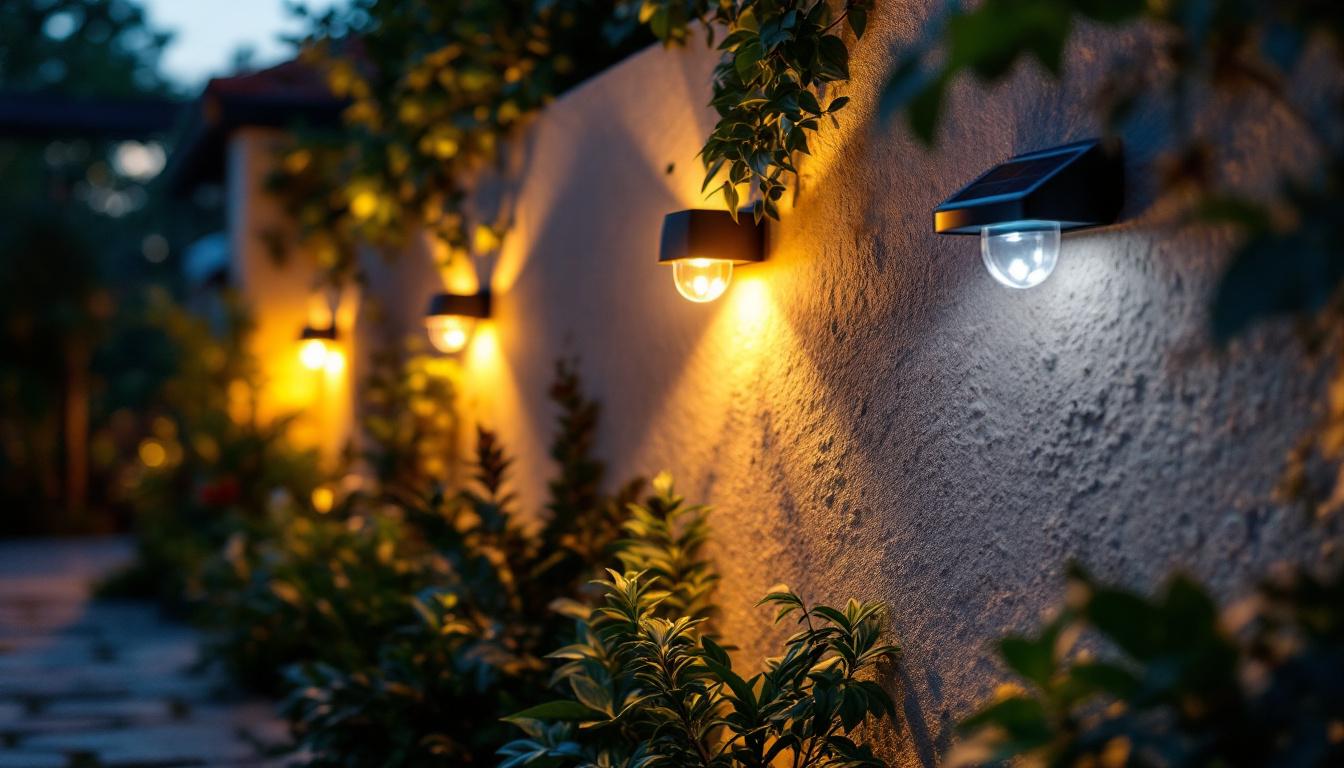
In the realm of modern lighting solutions, LED pendant lighting has emerged as a popular choice for both residential and commercial spaces. The technology behind LED lighting is not only fascinating but also essential for lighting contractors to understand. This article delves into the science behind LED pendant lighting, exploring its advantages, design considerations, and practical applications. By grasping these concepts, lighting contractors can better serve their clients and enhance their projects.
LED pendant lighting refers to light fixtures that hang from the ceiling, utilizing light-emitting diodes (LEDs) as the primary light source. These fixtures come in various styles, shapes, and sizes, making them versatile for different settings. The use of LEDs in pendant lighting has revolutionized the industry, offering energy-efficient and long-lasting solutions.
Unlike traditional incandescent or fluorescent lights, LED technology converts electricity directly into light with minimal heat production. This efficiency not only reduces energy consumption but also extends the lifespan of the fixtures, making them a cost-effective option in the long run. Additionally, the compact size of LEDs allows for innovative designs that can enhance the aesthetic appeal of any space, from modern kitchens to cozy dining areas.
One of the standout features of LED pendant lighting is its energy efficiency. LEDs consume significantly less power compared to traditional lighting options while providing the same or even greater illumination. This efficiency translates to lower electricity bills and a reduced carbon footprint. Furthermore, many LED pendant lights are now equipped with dimmable features, allowing users to adjust the brightness according to their mood or the time of day, which adds an extra layer of functionality.
Another important aspect is the longevity of LED fixtures. Typically, an LED can last up to 25,000 hours or more, which is several times longer than incandescent bulbs. This durability means less frequent replacements, reducing maintenance costs for both contractors and clients. Moreover, the advancements in LED technology have led to improvements in color rendering, enabling these lights to produce a more natural and pleasing light quality that enhances the appearance of interiors. This is particularly beneficial in spaces where color accuracy is essential, such as art galleries or retail environments.
Understanding the science behind LED technology is crucial for lighting contractors. LEDs work by passing an electric current through a semiconductor material, which then emits light. This process is known as electroluminescence. The color of the light produced depends on the materials used in the semiconductor, which is why LEDs are available in a wide spectrum of colors.
Furthermore, the efficiency of LEDs is influenced by several factors, including the quality of the semiconductor, the design of the fixture, and the thermal management system. Effective thermal management is vital, as excessive heat can diminish the performance and lifespan of the LEDs.
Color temperature is an essential consideration when selecting LED pendant lighting. Measured in Kelvin (K), color temperature indicates the warmth or coolness of the light. For instance, a lower Kelvin value (around 2700K) produces a warm, inviting glow, while a higher value (above 5000K) emits a cooler, more clinical light.
Color Rendering Index (CRI) is another critical metric that measures how accurately a light source displays colors compared to natural light. A higher CRI (above 80) is preferable for spaces where color accuracy is essential, such as in art studios or retail environments.
LED pendant lighting offers numerous advantages that make it a preferred choice for many contractors and clients. Understanding these benefits can help contractors make informed recommendations to their customers.
As previously mentioned, energy efficiency is one of the most significant advantages of LED technology. By consuming less power, LED pendant lights contribute to lower energy costs and can help clients achieve sustainability goals. This efficiency is particularly beneficial in commercial settings, where lighting can account for a substantial portion of energy expenses.
LED pendant lights come in a wide array of designs, allowing for creative expression in lighting projects. From sleek, modern styles to more traditional designs, there is an LED pendant fixture to suit every aesthetic. This versatility enables lighting contractors to cater to diverse client preferences and project requirements.
Another advantage of LED pendant lighting is its low heat emission. Traditional lighting sources, such as incandescent bulbs, generate a significant amount of heat, which can lead to increased cooling costs in warmer climates. In contrast, LEDs remain cool to the touch, making them safer and more comfortable for indoor environments.
When selecting and installing LED pendant lighting, several design considerations should be taken into account. These factors can greatly influence the effectiveness and aesthetic appeal of the lighting solution.
The height at which pendant lights are hung is crucial for both functionality and style. In dining areas, for example, pendants should typically be hung 30 to 36 inches above the table to provide adequate illumination without obstructing views. In contrast, in areas like kitchens or living rooms, the height may vary based on the overall design and ceiling height.
Additionally, the placement of pendant lights should be strategic to ensure even lighting throughout the space. Grouping multiple pendants can create a stunning visual effect while providing sufficient light coverage.
The size of the pendant fixture should be proportional to the space it occupies. A large pendant in a small room can overwhelm the area, while a small fixture in a spacious environment may appear lost. Lighting contractors should consider the scale of the room and the visual impact of the fixture when making selections.
LED pendant lighting is highly versatile and can be used in various applications, from residential to commercial settings. Understanding these applications can help contractors identify opportunities for incorporating LED pendants into their projects.
In residential settings, LED pendant lighting can enhance the ambiance of kitchens, dining rooms, and living areas. They serve as functional lighting while also acting as decorative elements. For instance, a cluster of pendant lights above a kitchen island can create a focal point while providing essential task lighting.
Moreover, in living rooms, stylish pendant fixtures can add a touch of elegance and warmth, contributing to the overall design aesthetic of the space.
In commercial environments, LED pendant lighting can be utilized in various settings, including restaurants, retail shops, and offices. In restaurants, pendant lights can set the mood and enhance the dining experience, while in retail spaces, they can highlight products and create an inviting atmosphere.
In office settings, pendant lights can provide effective task lighting while contributing to a modern and professional look. The flexibility in design allows contractors to tailor lighting solutions to meet the specific needs of each commercial space.
Despite the many advantages of LED pendant lighting, there are also challenges and considerations that lighting contractors must address. Awareness of these issues can lead to more successful installations and satisfied clients.
While the initial cost of LED pendant fixtures may be higher than traditional lighting options, the long-term savings in energy and maintenance costs often justify the investment. Lighting contractors should educate clients about the benefits of LED technology, emphasizing the overall cost-effectiveness over time.
Another consideration is the compatibility of LED fixtures with dimmer switches and smart lighting controls. Not all LED lights are designed to work seamlessly with dimmers, which can lead to flickering or reduced performance. It is essential for contractors to select compatible products and inform clients about the appropriate controls to achieve the desired lighting effects.
The lighting industry is continually evolving, and LED pendant lighting is no exception. Staying informed about emerging trends can help lighting contractors remain competitive and provide cutting-edge solutions to their clients.
One of the most significant trends in the lighting industry is the integration of smart technology. Smart LED pendant lights can be controlled via smartphone apps or voice-activated devices, allowing users to adjust brightness, color temperature, and even create lighting schedules. This technology enhances convenience and energy efficiency, appealing to tech-savvy clients.
As sustainability becomes a more pressing concern, the use of eco-friendly materials in lighting design is gaining traction. Contractors should consider sourcing LED pendant fixtures made from sustainable materials or those that prioritize recyclability. This focus on sustainability not only benefits the environment but also aligns with the values of many modern consumers.
LED pendant lighting represents a significant advancement in the lighting industry, offering energy efficiency, design versatility, and long-lasting performance. By understanding the science behind LED technology, its advantages, and practical applications, lighting contractors can provide valuable insights and solutions to their clients.
As the industry continues to evolve, staying informed about trends and challenges will empower contractors to navigate the landscape effectively. Embracing LED pendant lighting not only enhances the quality of lighting projects but also contributes to a more sustainable future. By leveraging this knowledge, lighting contractors can elevate their work and meet the diverse needs of their clients.
Ready to take your lighting projects to the next level with the efficiency and elegance of LED pendant lighting? At LumenWholesale, we provide lighting contractors with the finest spec-grade LED lighting options at unbeatable wholesale prices. Say goodbye to local distributor markups and hello to a vast selection of premium lighting that meets the highest industry standards. With the added convenience of free shipping on bulk orders, you can trust LumenWholesale to deliver exceptional value without any hidden fees. Elevate your lighting solutions today by visiting Wholesale Lighting at the Best Value and discover how we combine quality, affordability, and convenience to light up your success.

Discover innovative cost-saving strategies for lighting contractors in “Light Factory.” Learn how to optimize resources, reduce expenses, and enhance project efficiency without compromising on quality.

Discover the latest trends in LED lighting that every contractor needs to know.

Discover the top advantages of LED panels for lighting contractors, from energy efficiency to design flexibility.

Discover the transformative impact of outdoor wall mounted solar lights in modern lighting installations.